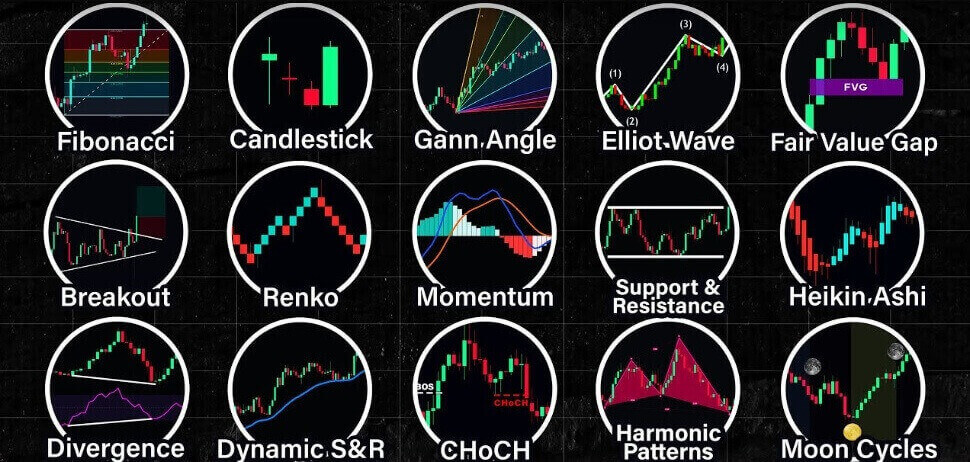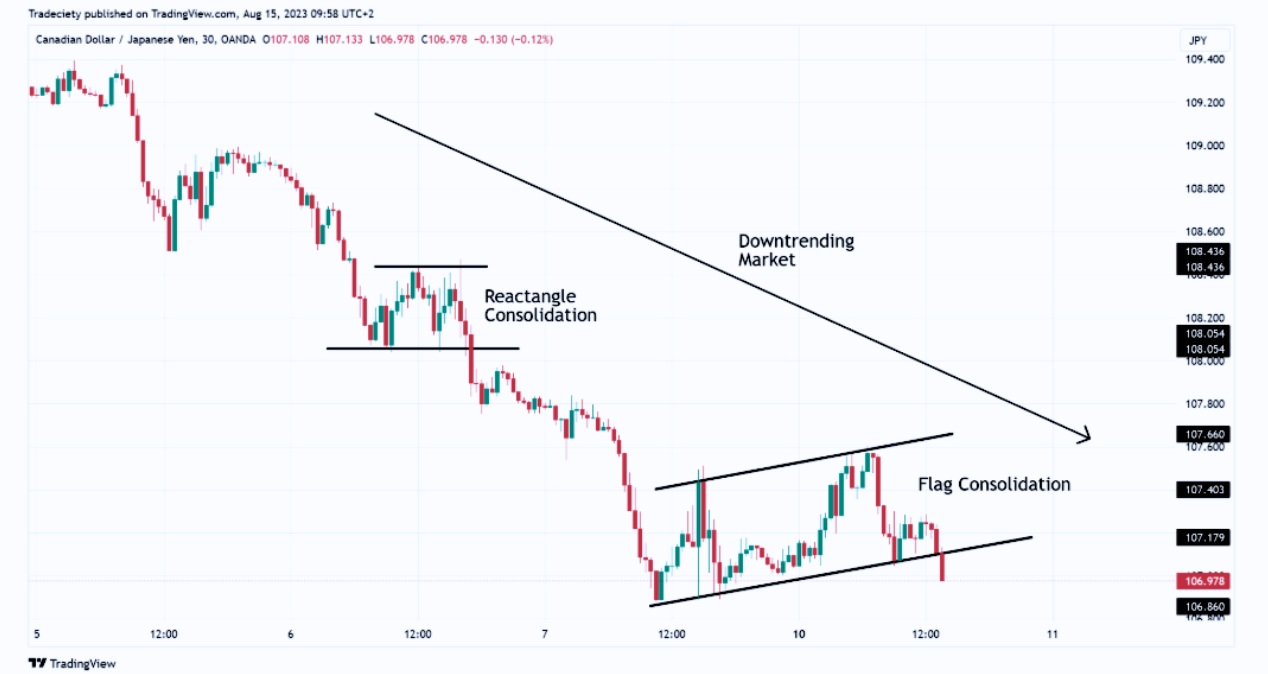Success in trading doesn't come from chasing every signal or mastering the most complex strategies—it starts with finding a method that fits you. For beginners and casual traders, the goal isn't to beat the market overnight, but to build confidence, protect capital, and develop a rhythm that's both sustainable and rewarding. The right strategy at this stage isn't necessarily the most sophisticated one—it's the one you can execute with clarity and discipline, even when the market turns against you.
Understanding Your Trading Style

Before diving into any specific strategy, it's crucial to reflect on what kind of trader you are—or aspire to be. Your available time, emotional temperament, and willingness to learn will determine which approaches work best.
If you're working full-time or can only spare a few hours per week, day trading may be unrealistic. In that case, swing trading or position trading—which involve holding trades for days or weeks—may suit your lifestyle better. On the other hand, if you're available during market hours and enjoy fast decision-making, more active trading styles might be an option down the line.
Beginners are often tempted by fast profits, but in reality, trading is about survival and learning in the early stages. The best strategy is one that fits seamlessly into your daily life without adding pressure or emotional strain.
Using Simple Trend-Following Techniques
 Trend-following is one of the easiest strategies for beginners to understand and execute. The principle is simple: buy when prices are going up and sell when they start going down. You're not trying to predict reversals or time the exact top or bottom—you're aligning yourself with the broader market direction.
Trend-following is one of the easiest strategies for beginners to understand and execute. The principle is simple: buy when prices are going up and sell when they start going down. You're not trying to predict reversals or time the exact top or bottom—you're aligning yourself with the broader market direction.
A basic trend-following method might involve:
Using a 50-day moving average to gauge overall direction.
Entering long positions when price is above the moving average.
Exiting the trade (or staying out entirely) when the price drops below it.
You can enhance this by combining the moving average with indicators like the Relative Strength Index (RSI) or MACD to confirm momentum. But don't fall into the trap of cluttering your charts. One or two indicators, used consistently, are far more effective than five that conflict with each other.
Trend-following strategies work well in bullish markets and are best used with Liquid Assets like ETFs (e.g., SPY), blue-chip stocks, or major currency pairs.
ETF and Index-Based Swing Strategies
Beginners often overlook the power of index ETFs as trading instruments. These are funds that track broad market indices like the S&P 500. Nasdaq 100. or FTSE 100. The SPDR S&P 500 ETF (SPY) is a prime example.
Swing trading ETFs is ideal for part-time traders because:
They are less volatile than individual stocks.
You get built-in diversification.
There is less need to monitor news or earnings surprises.
A typical swing strategy might involve waiting for a pullback to a trendline or support level, then entering when price shows signs of resuming upward momentum. This could be as simple as waiting for a bullish candlestick pattern or confirmation from an RSI crossing back above 50.
Trading a few major ETFs helps you focus, learn faster, and avoid the distractions of hundreds of individual stocks. It also helps you stick to a plan, which is where most beginners go wrong.
Risk Management for Small Accounts
Even the most promising strategy will fail without solid risk management. Beginners often assume that success depends on finding the perfect setup, but in reality, it's more about managing your losses and protecting your capital.
Here are some simple rules:
Never risk more than 1–2% of your capital on a single trade.
Always use a stop-loss, even if it's mental at first.
Don't chase trades or average down into losing positions.
Let's say you have a £1.000 Trading Account. Risking 2% per trade means you should not lose more than £20 on any single position. This might feel limiting, but it ensures you can make mistakes and stay in the game long enough to improve.
Accepting that losing trades are part of the process is key to long-term survival. Most professionals have win rates around 50–60%, but their winners are bigger than their losers—that's the real secret.
Building Confidence Through Simplicity
New traders are often drawn to complexity—exotic indicators, five-screen setups, and rapid-fire trades. But the reality is that simplicity wins. The most reliable systems are easy to understand, repeatable, and rooted in market logic.
A great way to build confidence is to:
Focus on one setup (e.g., pullbacks in uptrends).
Backtest it manually over historical charts.
Track your trades in a journal to identify patterns and mistakes.
Simplicity also makes it easier to stay disciplined. If your strategy requires constant re-interpretation, you're more likely to second-guess yourself or skip trades. With a clear and simple strategy, you can act with confidence, which leads to consistency, which in turn leads to results.
Conclusion: Start With What Suits You, Then Evolve
There is no single "best" trading strategy—but there are better starting points for different types of traders. For beginners and casual traders, trend-following, swing trading ETFs, and simple risk controls are not just accessible—they're effective.
Rather than chasing the perfect method, aim to find what works for you. Test it. Track it. Refine it over time. As your skills grow, you can explore more advanced techniques, but the principles of good trading remain the same: clarity, discipline, and adaptability.
In trading, your first goal isn't to get rich—it's to stay in the game. And that begins with choosing a strategy that fits your life, not just the market.
Disclaimer: This material is for general information purposes only and is not intended as (and should not be considered to be) financial, investment or other advice on which reliance should be placed. No opinion given in the material constitutes a recommendation by EBC or the author that any particular investment, security, transaction or investment strategy is suitable for any specific person.




 Trend-following is one of the easiest strategies for beginners to understand and execute. The principle is simple: buy when prices are going up and sell when they start going down. You're not trying to predict reversals or time the exact top or bottom—you're aligning yourself with the broader market direction.
Trend-following is one of the easiest strategies for beginners to understand and execute. The principle is simple: buy when prices are going up and sell when they start going down. You're not trying to predict reversals or time the exact top or bottom—you're aligning yourself with the broader market direction.

















